 Technology
Technology  Technology
Technology  Humans
Humans 10 Everyday Human Behaviors That Are Actually Survival Instincts
 Animals
Animals 10 Animals That Humiliated and Harmed Historical Leaders
 History
History 10 Most Influential Protests in Modern History
 Creepy
Creepy 10 More Representations of Death from Myth, Legend, and Folktale
 Technology
Technology 10 Scientific Breakthroughs of 2025 That’ll Change Everything
 Our World
Our World 10 Ways Icelandic Culture Makes Other Countries Look Boring
 Misconceptions
Misconceptions 10 Common Misconceptions About the Victorian Era
 Mysteries
Mysteries 10 Strange Unexplained Mysteries of 2025
 Miscellaneous
Miscellaneous 10 of History’s Most Bell-Ringing Finishing Moves
 Technology
Technology Top 10 Everyday Tech Buzzwords That Hide a Darker Past
 Humans
Humans 10 Everyday Human Behaviors That Are Actually Survival Instincts
 Animals
Animals 10 Animals That Humiliated and Harmed Historical Leaders
Who's Behind Listverse?

Jamie Frater
Head Editor
Jamie founded Listverse due to an insatiable desire to share fascinating, obscure, and bizarre facts. He has been a guest speaker on numerous national radio and television stations and is a five time published author.
More About Us History
History 10 Most Influential Protests in Modern History
 Creepy
Creepy 10 More Representations of Death from Myth, Legend, and Folktale
 Technology
Technology 10 Scientific Breakthroughs of 2025 That’ll Change Everything
 Our World
Our World 10 Ways Icelandic Culture Makes Other Countries Look Boring
 Misconceptions
Misconceptions 10 Common Misconceptions About the Victorian Era
 Mysteries
Mysteries 10 Strange Unexplained Mysteries of 2025
 Miscellaneous
Miscellaneous 10 of History’s Most Bell-Ringing Finishing Moves
10 Little-Known Stories About How Slavery Ended Around The World
We talk about slavery almost as if it was something that only happened in the United States. Slavery is treated as a distinctly American legacy and American shame—but that couldn’t possibly be farther from the truth.
Nearly every country in the world participated in the slave trade, and a lot of them took in far more slaves than the United States. Of the 12.5 million African slaves sent to the New World, only 388,000—or about three percent—of them ended up in the US.[1]
We’ve all heard about Abraham Lincoln, the Civil War, and the Emancipation Proclamation, but that wasn’t the end of slavery around the world. Slaves were still battling for their freedom, and, outside their own countries, their stories have been almost completely ignored.
10 Britain Spent Most Of Its Budget Paying Off Slaveowners
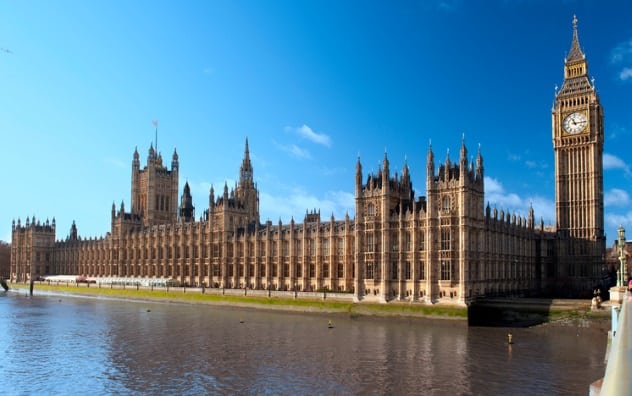
When the British Empire abolished slavery in 1833, their biggest concern was the slaveowners. A growing abolitionist movement in the empire had pushed them to do the humane thing and let their slaves go free, but they were still terrified about how all their slaveowners would react—so they paid them off.
The British government spent £20 million reimbursing slavers for the “loss of their slaves.” That was a huge amount of money—it was 40 percent of their treasury’s annual income, and the country had to go £15 million in debt to pay for it.[2] They didn’t finish paying off that debt until 2015, meaning that, in a sense, British taxes were going toward paying off slaveowners for 182 years.
The slaves didn’t see a penny of that £20 million. They weren’t given any resources or land to compensate them for working without pay or any guidance on how to make a better life for themselves. And so, when slavery ended, most ended up staying on the same plantations they’d been at their whole lives, working for wages so low that life wasn’t much better than before.
9 Canada Abolished Slavery To Save A Single Woman
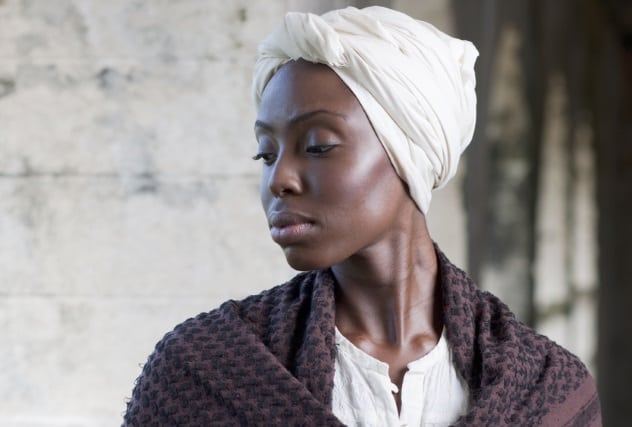
The end of slavery in the British Empire didn’t change much in Canada. They’d already abolished slavery 40 years earlier, in 1793, all as a part of one man’s efforts to save a single woman named Chloe Cooley.
Chloe Cooley was an African slave whose owner intended to sell her in the US. While a crowd of people watched, he tied her up, threw her into a boat, and sailed her across Lake Erie. Cooley did everything she could to resist, screaming for her life and trying to escape, but it was all to no avail.
Two men in the crowd, though, reported what they’d seen to Lieutenant Governor John Graves Simcoe, and he made it his personal goal to save Cooley. He tried to bring her owner to court, but the case was thrown out.[3] She was the owner’s property, and, by law, he could do anything he wanted to her.
So Simcoe changed the law. He campaigned to get slavery abolished in Canada and pulled it off in record time. Less than four months after Cooley was sold, slavery was illegal.
Simcoe, though, never managed to save Cooley. The new law only banned the purchase of new slaves—slaveowners were still allowed to keep the ones they had. No one knows for sure what happened to Cooley, but there’s every reason to believe she died in the United States, working on a plantation slave gang.
8 Brazil Kept Slavery Alive Longer Than Any Country In The Americas
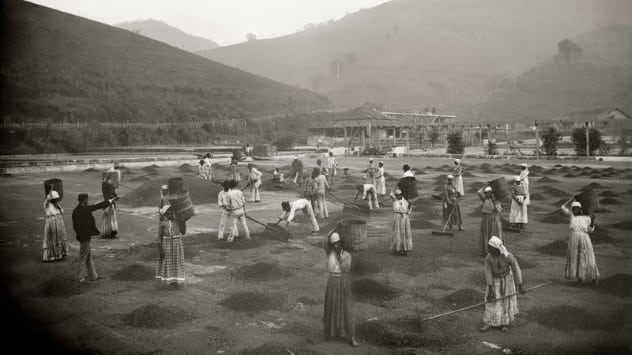
We don’t often talk about the Brazilian slave trade, but it was bigger than any other in North or South America. As we’ve said, only three percent of the African slaves went to the United States—but 32 percent (four million) of them went to Brazil.
Slavery stayed legal in Brazil for longer than any other country in the Americas, too. It was so strong that, after the US Civil War, Confederate slaveowners who were unwilling to give up owning people moved to Brazil to keep the slave trade alive.
In the end, though, the British Empire pressured them into giving them up. It wasn’t until Brazilians fought alongside their African slaves in the Paraguayan War that they started to see them as human beings.[4]
In the end, the slaveowners came around to abolition before the government did. They started freeing their own slaves before the state forced them to do it. When slavery was finally abolished in 1888, most of the slaves had already been set free.
7 A Slave Revolt In Haiti Actually Worked
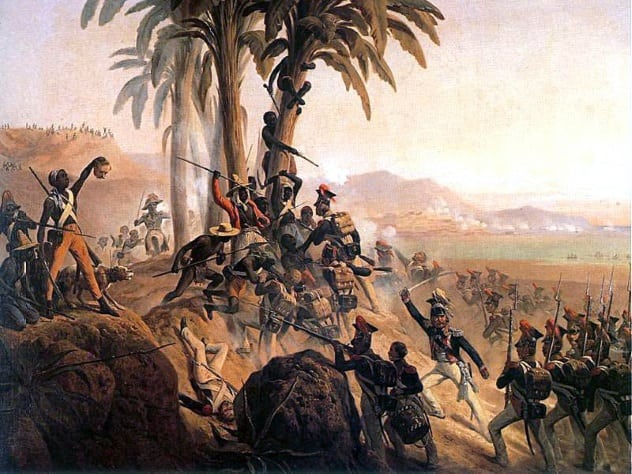
In Haiti, the slaves won their freedom by force. It was the oldest slave colony in America. There had been slaves there since Columbus first landed in 1492, and by 1789, there were nearly 500,000 slaves, outnumbering the white population by more than ten to one.[5]
When the Haitian slaves heard about the French Revolution, it sparked an idea. From their point of view, it sounded like the white slaves of France had killed their masters and taken possession of the land. They wanted to throw a revolution of their own.
Haitian slaves started wearing red, white, and blue ribbons as tributes to the French Revolution and as a subtle sign that they were getting ready to launch one of their own. And, in October 1790, it started. At first, it was just 350 slaves fighting for their freedom in Saint Dominique, but it soon evolved into a full-on rebellion across the entire country.
It took 14 years for them to win their freedom. The French Army was called in, and the ragtag, revolting slaves had to take on one of the greatest military forces in the world. In the end, though, the French Army was wreaked with disease. They gave up, went home, and let the slave rebellion win.
The very concepts of skin color were abolished. Under the constitution, no matter the color of one’s skin, all Haitians were to “be known only by the generic appellation of Blacks.”
6 The First Black President Of Mexico Abolished Slavery
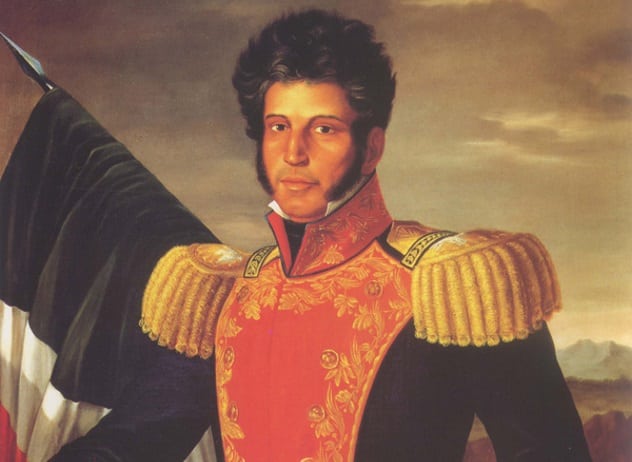
It probably won’t come as much as a surprise that slavery in Mexico didn’t last much longer after its first black president.
His name was Vicente Ramon Guerrero Saldana (often shortened to Vicente Guerrero), and he was the son of an African Mexican and a Mestizo. To his Mexican comrades, though, his mixed heritage just made him black—in fact, his nickname was “El Negro.”
Guerrero entered office on April 1, 1829, and got rid of slavery before the year was over.[6] Slavery in Mexico officially ended on September 16, 1829—much to the chagrin of the Americans living there.
Texas, at the time, was full of American slaveholders who weren’t too happy about Guerrero’s new law. The end of slavery in Mexico would eventually lead to Texas declaring independence and would even get Guerrero killed. A revolt rose up against him nearly immediately. Guerrero was dead before two years had passed.
But his law survived. Even though Guerrero died, slavery never came back to Mexico.
5 Britain Forced Zanzibar To Abolish Slavery In Under An Hour
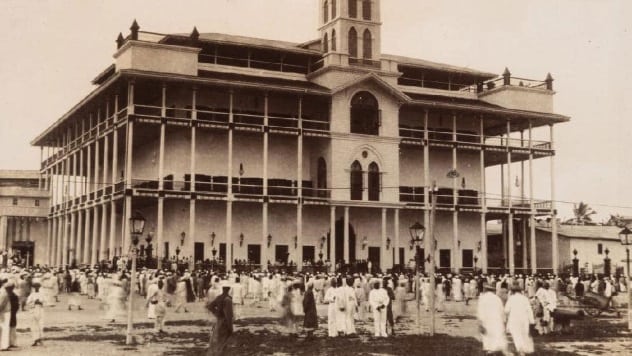
In the late 19th century, Zanzibar was the center of the global slave trade. Thousands of slaves passed through their slave market each year, and the British wanted to put an end to it.[7]
They tried to do it peacefully. They tried to put economic pressure on Zanzibar to get them to stop the slave trade, but all Zanzibar would give them were a few platitudes and empty gestures. The slave trade was vital to their economy, and they weren’t going to give it up unless someone made them.
So, in 1896, a British fleet set itself up outside of the Sultan’s palace and just bombarded it senseless with everything they had. After 38 to 45 minutes of destruction, the Sultan surrendered, and slavery in Zanzibar came to an end.
It was the shortest war in history. Over 500 people died on the Zanzibar side. On the British side, only one person was wounded. The rest didn’t even stub a toe.
4 It Took Two Wars To End The Barbary White Slave Trade
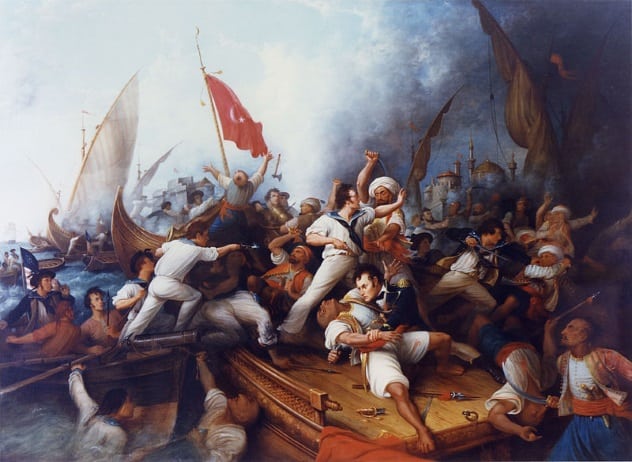
Africans weren’t the only people being kidnapped and sold into slavery. Between the 16th and 19th centuries, hundreds of thousands of Europeans were captured by Barbary pirates and sold as slaves in North Africa and the Ottoman Empire.
The Barbary pirates would raid the coasts of Europe and capture anyone they could get their hands on. Then they would drag them off to Algiers, where they would be sold as slaves.
The Ottoman Empire refused to stop until the United States and Europe forced them. The US had to go to war with the Barbary states twice (in 1801 and 1815) before they left them alone, while the British, Dutch, and French fought with Algiers off and on for nearly 100 years before the Ottoman Empire, in 1890, finally signed an agreement to stop taking white slaves.[8]
3 Cuba Ignored Spain’s Orders To Abolish Slavery For 75 Years
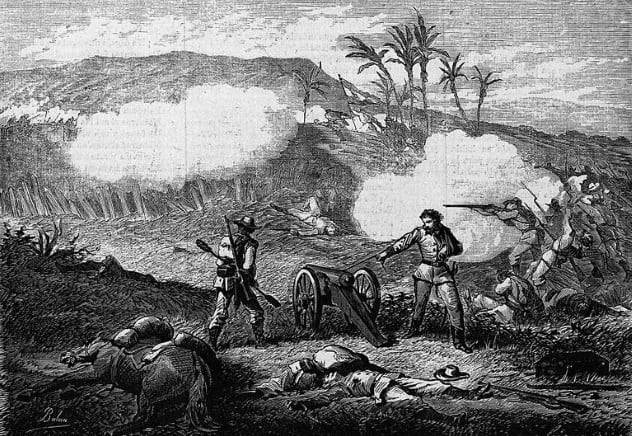
Officially, slavery was abolished in every Spanish colony in 1811, but Cuba didn’t exactly listen. The slave trade was too profitable there to stop. They deliberately ignored the Spanish order and kept on selling slaves for another 75 years.
It created problems. In 1812, when the slaves in Cuba realized they weren’t going free, a man named Jose Aponte led them in a revolt to try to get them the freedom they’d been denied.[9] Even in the face of open revolt, though, Cuba kept the slave trade going. They killed Aponte and put his head on display to let every slave know what would happen to them if they questioned the Cuban slave trade.
The slaves didn’t get their freedom until after Cuba and Spain went to war. Cuba went to war with Spain in 1868 but had lost by 1878, and Spain rode the high of their victory to finally actually force Cuba to let their slaves go. Even then, though, the process was so gradual that the shackles didn’t come off until 1886, a whole lifetime after they’d been promised their freedom.
2 Australian Slave Traders Drowned Slaves Rather Than Give Them Freedom
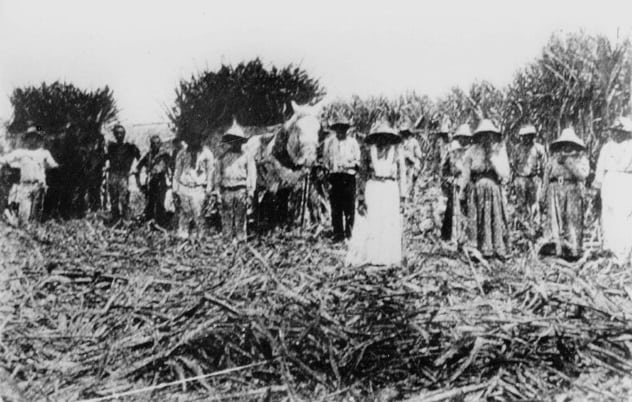
Technically, Australia was a nation of slaves to begin with. The convicts who first populated Australia were sent to work as unpaid slaves on a chain gang, and they were treated so horribly that one of the British officers who went to Australia said, “The slave traffic is merciful compared with what I have seen.”
In time, the white slaves of Australia were replaced with Aboriginal slaves, who were forced to work on sugar plantations. They were all supposed to be freed in 1833, when the British Empire abolished slavery, but the Australians ignored it. They relabeled their slaves “indentured servants” and kept using them for the better part of a century.
It took until 1901—68 years after slavery had been abolished—before the British Empire finally forced Australia to set their slaves free. Some of the slave traders, though, were so determined not to do it that they threw their slaves overboard, letting them drown rather than giving them their freedom.[10]
1 Mauritania Still Has Slavery

Not every country has abolished slavery. In Mauritania, it is estimated that 43,000 people are still living in slavery.[11]
The lighter-skinned Berber people of Mauritania are the slaveowners, while the darker-skinned people called the “Black Moors” are the slaves. The Berbers have full control over the Black Moors’ lives, including the right to give their slaves away. In fact, it’s considered a tradition there to give a slave as a wedding gift.
Technically, slavery was legally abolished in Mauritania in 1981, but the slave trade still lives on to this day. The government started to crack down more after a 2012 report by the United Nations put them in the international spotlight, but according to the Global Slavery Index, it was little more than a show to appease the UN. They arrested their first slaveowner immediately around when the UN report came out and very publicly sentenced him to six months in jail—but they stopped pursuing cases when the world stopped paying attention.
To this day, Mauritania remains one of the last great strongholds of slavery in the world.
Read more little-known facts about slavery on 10 Ways American Slavery Continued Long After The Civil War and 10 Ways Pirates Made Life Better For African Slaves.








